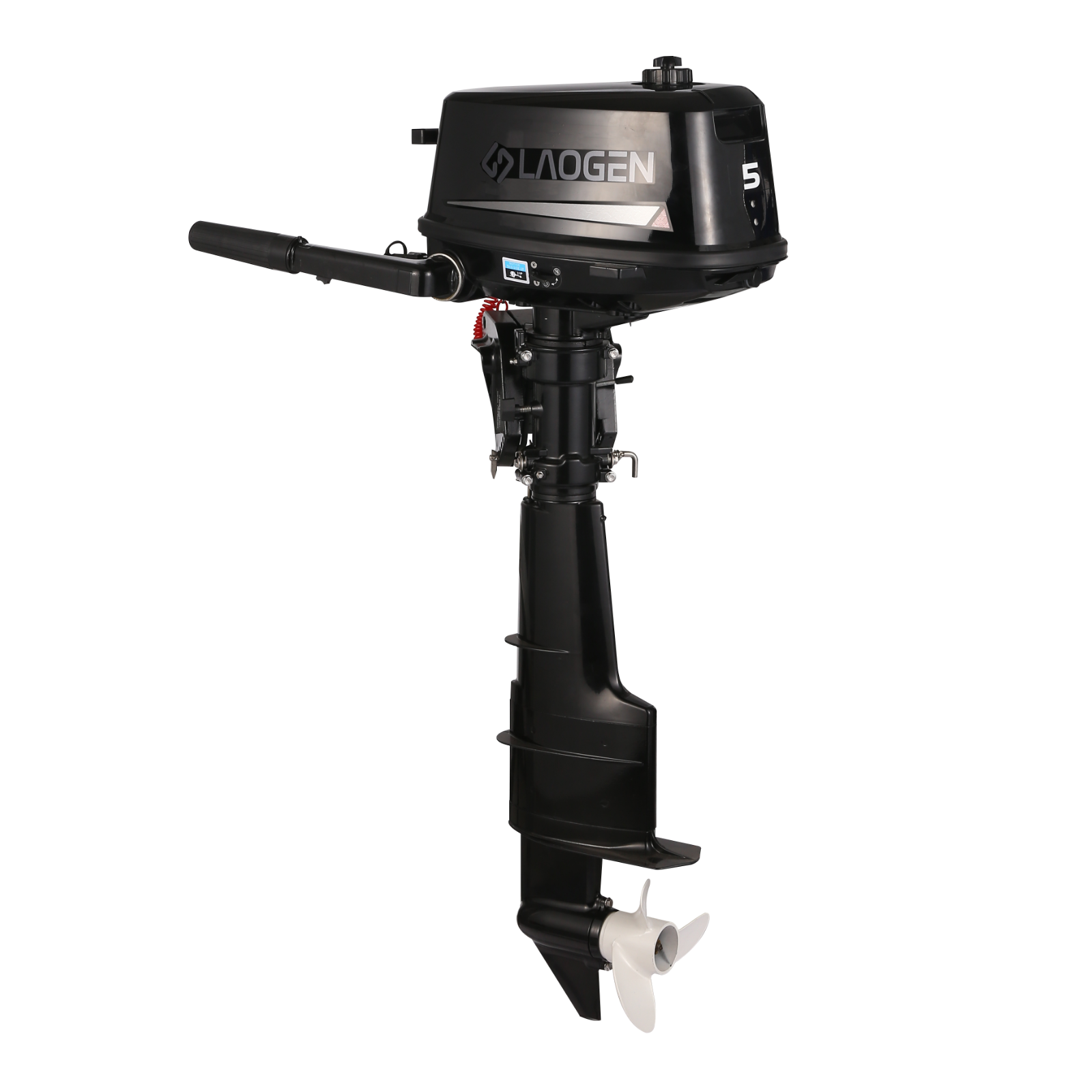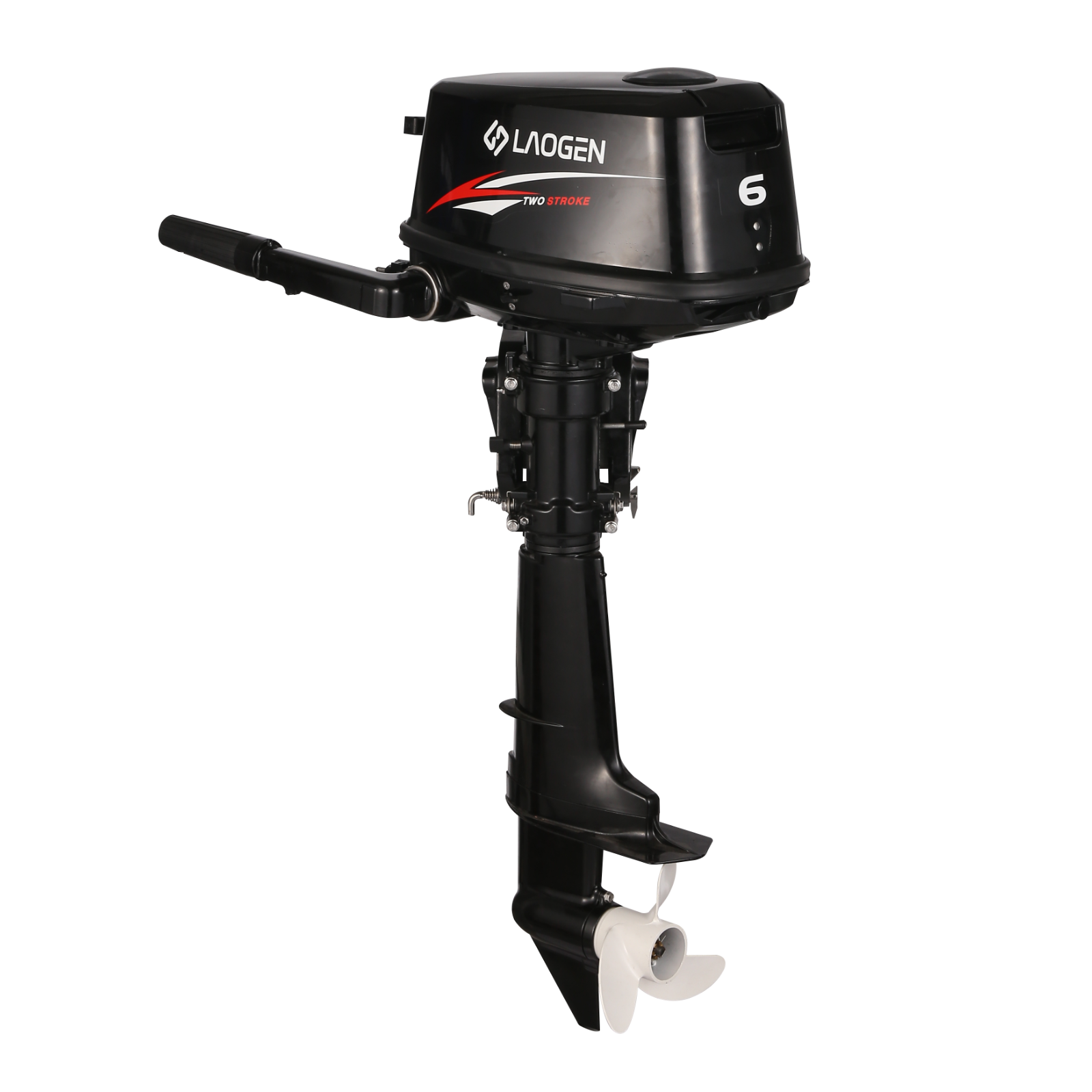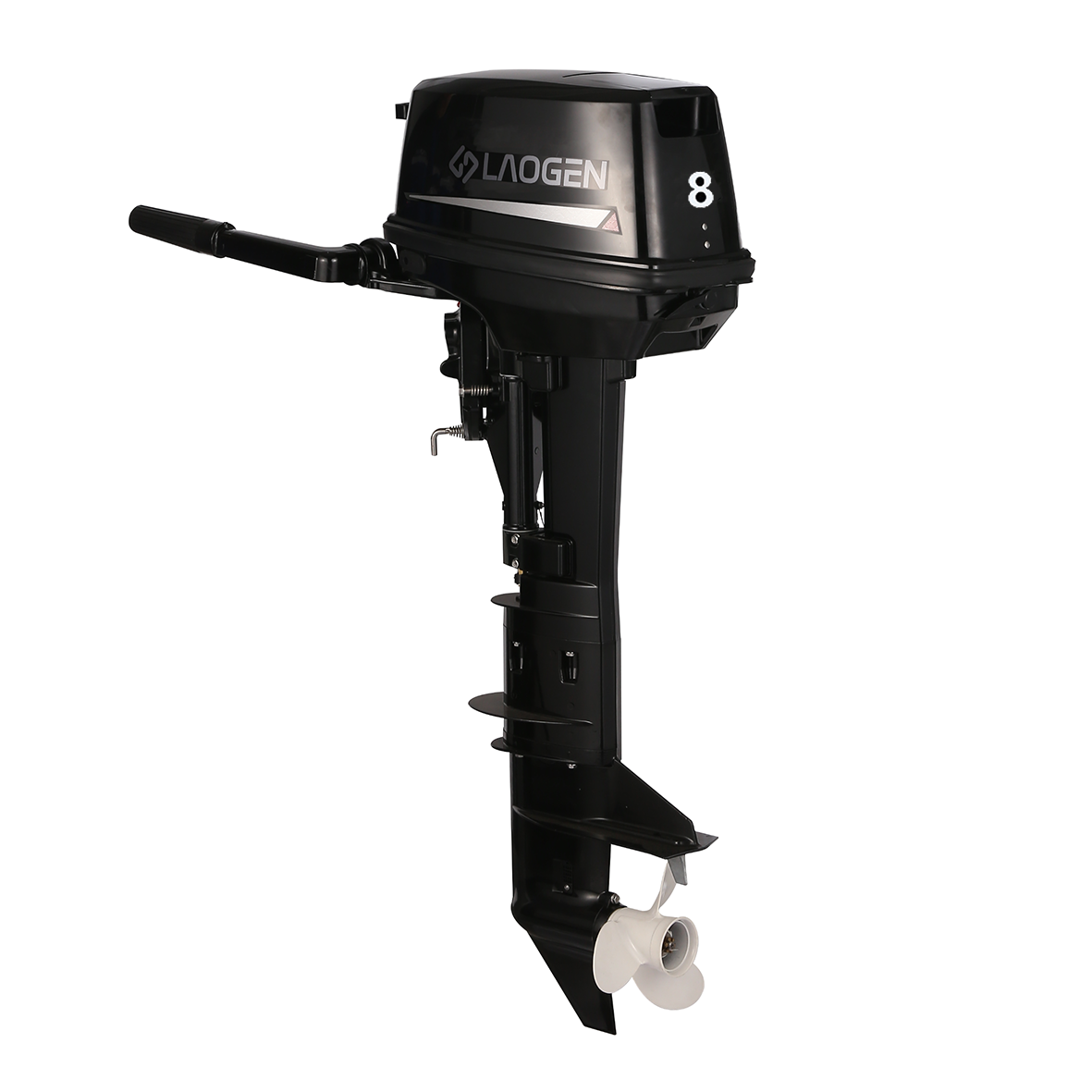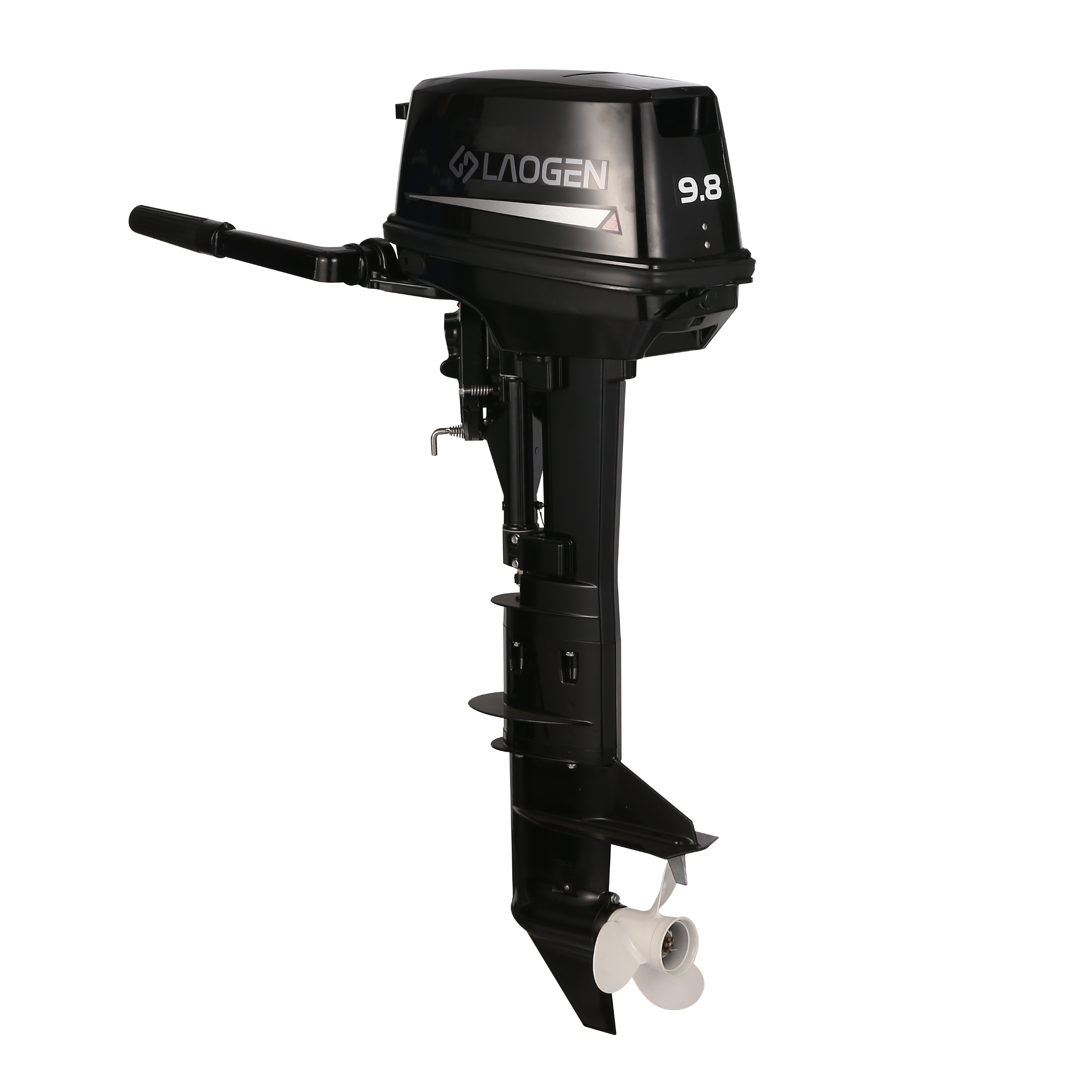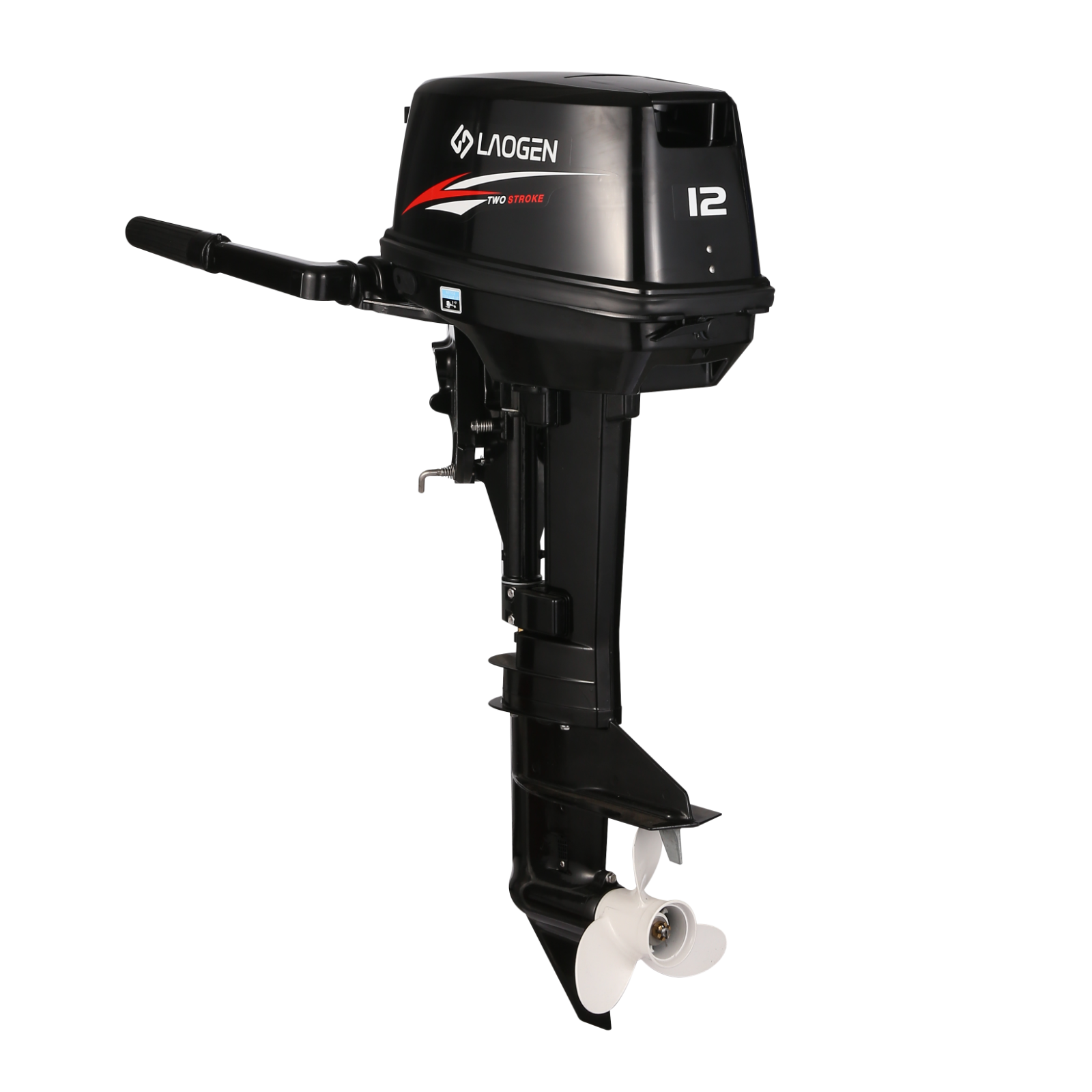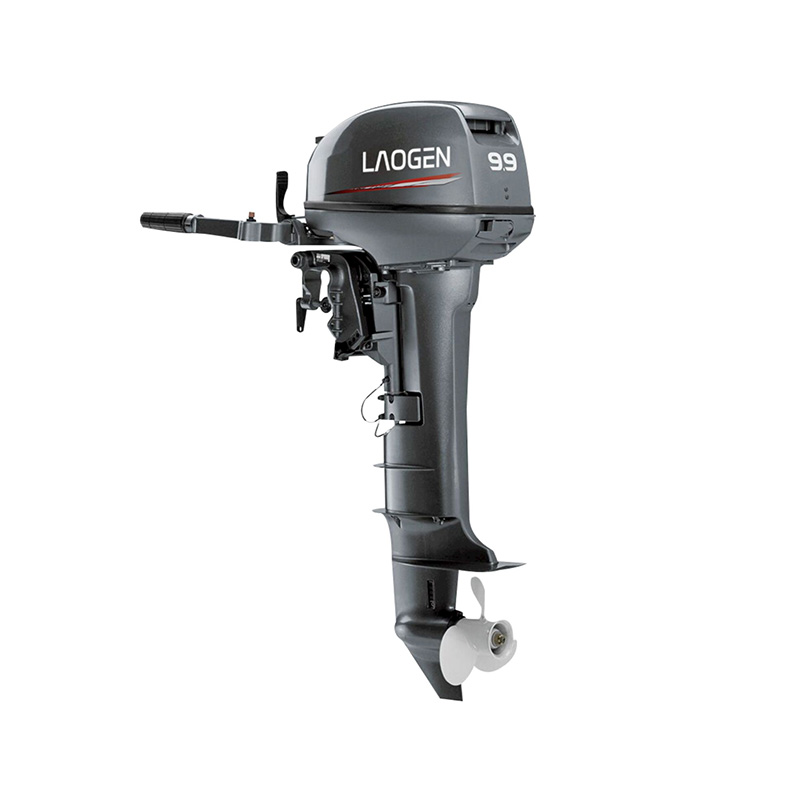Durability Trends Shape Development Of Modern Outboard Engine Parts
In recent years, durability has become a central focus in the development of marine outboard engine parts. As boating activities increase in both recreational and commercial sectors, the demand for longer-lasting, low-maintenance components continues to grow. This shift has had a clear influence on how manufacturers approach the design and production of parts, especially for widely used models like the 40HP Outboard Engine.

The 40HP Outboard Engine has remained a popular choice for small boats due to its balance between power and efficiency. However, users often face challenges when operating in harsh marine environments, where saltwater exposure, temperature fluctuations, and constant use can wear down components. This has led engineers to explore materials and manufacturing techniques that prioritize resistance to corrosion, wear, and mechanical fatigue.
One noticeable trend in marine outboard engine parts is the shift toward composite materials and advanced coatings. Traditional metal components, while reliable, are now being supplemented or replaced with materials that can better withstand marine conditions. For instance, coated pistons and reinforced bearings are being integrated into the latest versions of the 40HP Outboard Engine, helping to extend service intervals and reduce the risk of breakdowns during use.
The growing interest in sustainable boating practices has also affected how marine outboard engine parts are designed. Manufacturers are focusing on parts that not only last longer but are also easier to recycle or refurbish. This move toward sustainability aligns with increased regulatory attention on marine pollution and waste management. For owners of the 40HP Outboard Engine, this means more options for part replacement and longer overall engine lifespans.
Maintenance patterns have likewise evolved alongside part durability improvements. Boat owners now expect components that require fewer checkups while maintaining stable performance over time. In response, suppliers are developing marine outboard engine parts with built-in features for better lubrication flow and heat dissipation. These adjustments improve function without compromising structural integrity, especially in engines that run frequently in varying water conditions.
Despite the technological progress, ensuring part compatibility and consistent performance remains a priority. The 40HP Outboard Engine, due to its widespread use, benefits from a well-developed aftermarket supply chain. Yet, buyers are becoming more selective, favoring marine outboard engine parts that clearly demonstrate improved longevity under regular operating conditions. Durability has thus become a key selling point, not just a technical benchmark.
Field testing has further influenced how these parts are refined. Real-world feedback from users of the 40HP Outboard Engine helps inform revisions to part geometry and material composition. Over time, this feedback loop has resulted in parts that better tolerate vibration, saltwater intrusion, and thermal cycling. Marine outboard engine parts used in older engine models are also being updated to incorporate these enhancements, allowing for retrofitting without needing to replace the entire engine.
As boating applications become more diverse, from fishing to ferrying, the role of durability in engine performance grows even more important. A well-maintained 40HP Outboard Engine equipped with high-quality marine outboard engine parts can perform dependably across seasons, reducing downtime and repair costs. This reliability encourages continued investment in parts that deliver steady results without frequent attention.
The push for increased durability is reshaping how marine outboard engine parts are developed and integrated. With specific focus on widely adopted models such as the 40HP Outboard Engine, designers and suppliers are addressing the needs of today’s boaters—those who value components that last, perform consistently, and meet environmental expectations. As this trend continues, we can expect further innovation geared toward engines and parts built to endure the unique demands of marine use.


 English
English русский
русский


